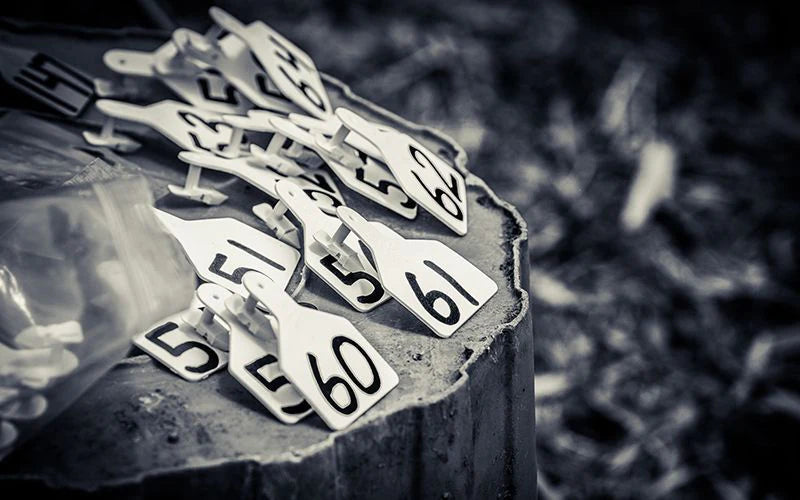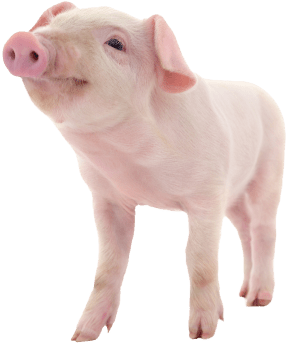
Livestock Tagging Tips & Tricks
|
|
Time to read 3 min
 You are being redirected to QC Supply Pharmacy, where you’ll find a wide selection of high-quality prescription and pharmaceutical products for animals of all sizes.
Enjoy the same great service and expertise you trust from QC Supply.
Click below to continue shopping.
Continue
No thanks, stay on the main site
Powered by
You are being redirected to QC Supply Pharmacy, where you’ll find a wide selection of high-quality prescription and pharmaceutical products for animals of all sizes.
Enjoy the same great service and expertise you trust from QC Supply.
Click below to continue shopping.
Continue
No thanks, stay on the main site
Powered by


|
|
Time to read 3 min
A big part of most spring activities on any farm is tagging season, which doesn't have to be stressful if you're properly prepared...which is true if this is your first tagging season or if it is your 50th! From cattle and calves to hogs and piglets, and even sheep and goats, most livestock are tagged either for management/sorting purposes or due to a USDA requirement (in the case of Premise ID or Scrapies tags in swine).
Looking for tagging supplies? We've got you covered here at QC Supply from tags of all sorts to taggers. We offer all the major brands - Allflex, Destron Fearing, Z Tags & Y-Tex. Our full line of livestock identification supplies can be found here.
Ensuring proper and effective application of ear tags is essential for long-term tag retention and accurate identification, as well as reducing animal stress and risk of infection or injury. To make this process easier on both the animal and the caregiver, follow our recommendations for ear tag application preparation and placement.
After Care
Here's to a safe tagging season! Got a tip or a trick we didn't cover? Drop us a comment below.
Looking for additional assistance? Give our experts a call today at 888-433-5275.

